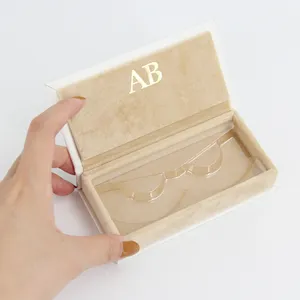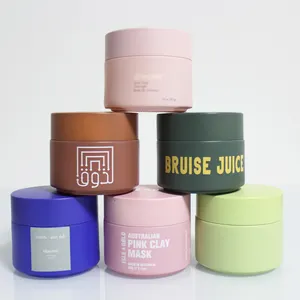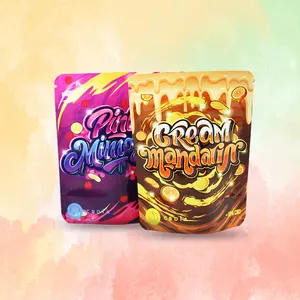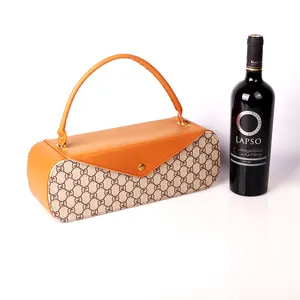Popular in your industry

























































Related Searches:








































































































































Top categories
About 2d barcode cryogenic vials
Understanding 2D Barcode Cryogenic Vials
2D barcode cryogenic vials are specialized storage containers designed to withstand extremely low temperatures, commonly used in biomedical research and clinical laboratories. These vials feature a two-dimensional barcode, which allows for efficient data management and sample tracking.
Types and Features
There are various types of 2D barcode cryogenic vials, differentiated by volume, shape, and material composition. Key features include their ability to maintain sample integrity at temperatures as low as -196°C, and the presence of a 2D barcode for easy identification and inventory management.
Materials and Durability
The materials used in the manufacture of cryogenic vials with 2D barcodes are critical for their performance. These vials are typically made from high-quality polypropylene, known for its durability and resistance to thermal shock. The construction ensures that the vial contents remain secure and uncontaminated, even in rigorous conditions.
Applications in Various Fields
2D barcode cryogenic vials are indispensable in fields such as biobanking, where the preservation of biological samples is crucial. They are also utilized in pharmaceuticals for long-term storage of sensitive compounds, and in environmental studies for preserving specimens at consistent temperatures.
Advantages of Using 2D Barcode Technology
The integration of 2D barcodes on cryogenic vials presents numerous advantages. It enhances the traceability of samples, reduces the risk of human error during sample retrieval, and increases the efficiency of inventory management. The barcodes can be easily scanned, facilitating quick access to detailed sample information.
Environmental and Safety Considerations
When selecting 2D barcode cryogenic vials, it is important to consider their environmental impact and safety features. These vials are designed to be reusable and recyclable, reducing waste. Safety features may include leak-proof designs and external threading to minimize the risk of cross-contamination.
































